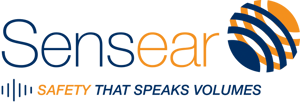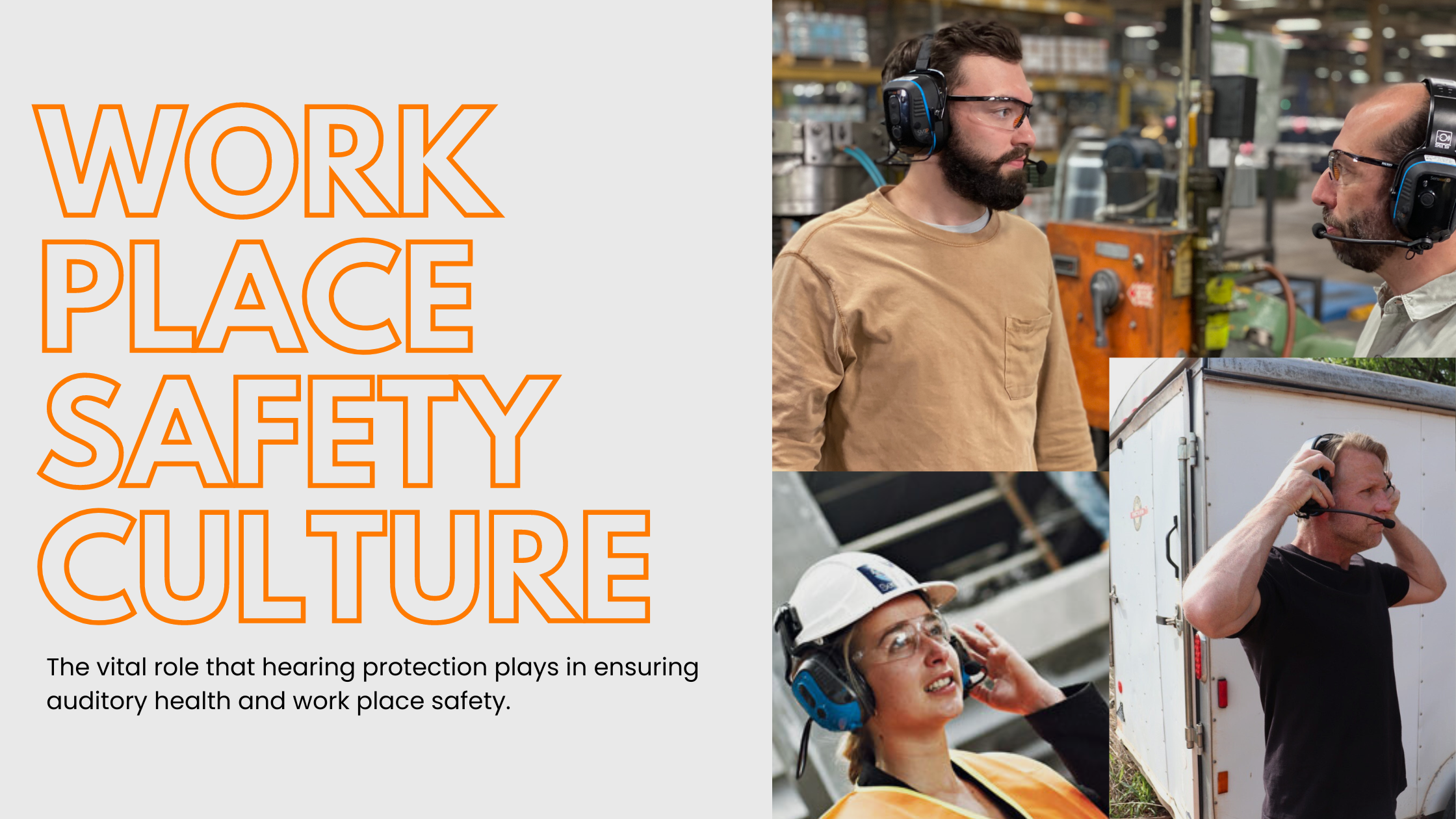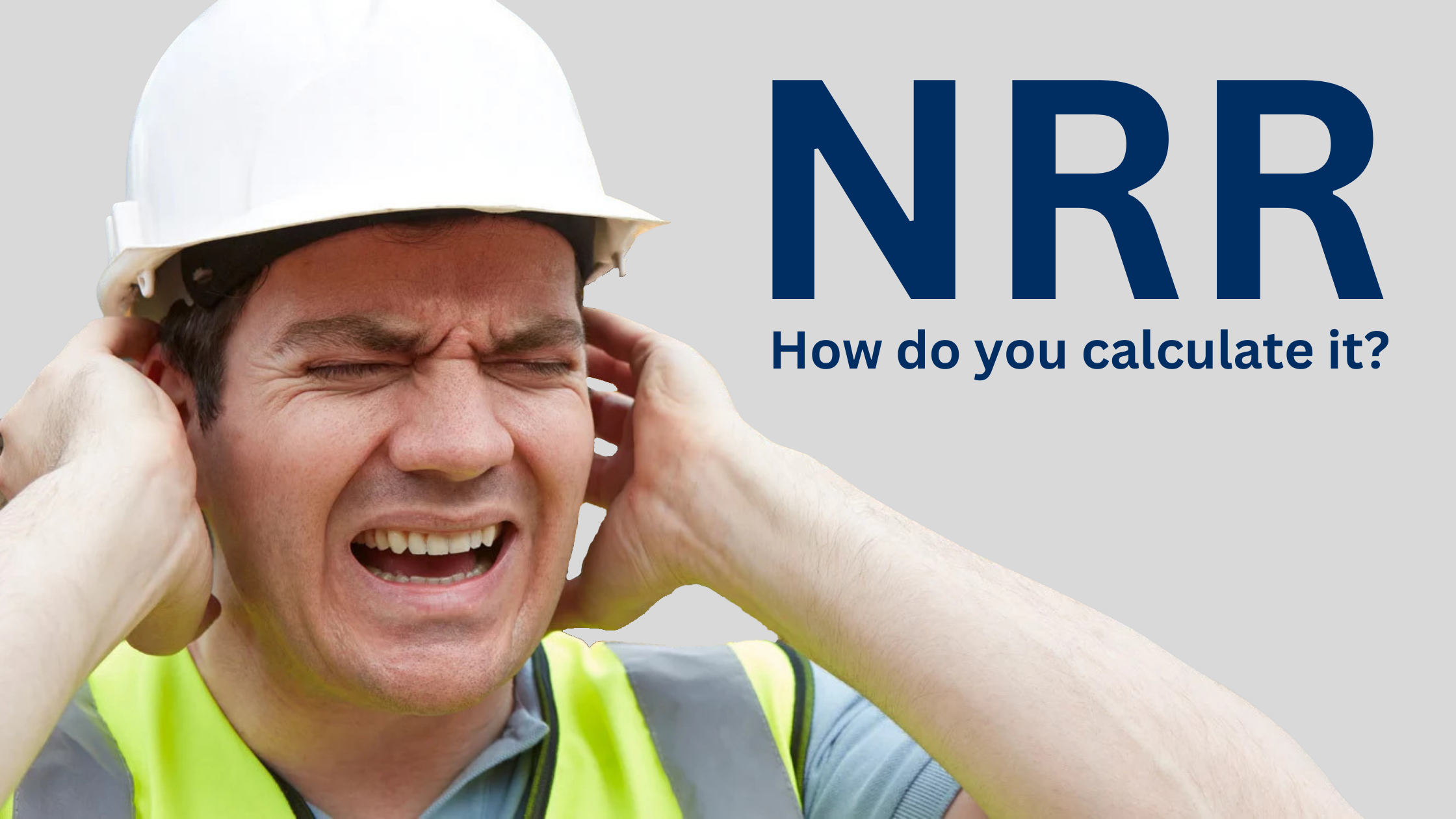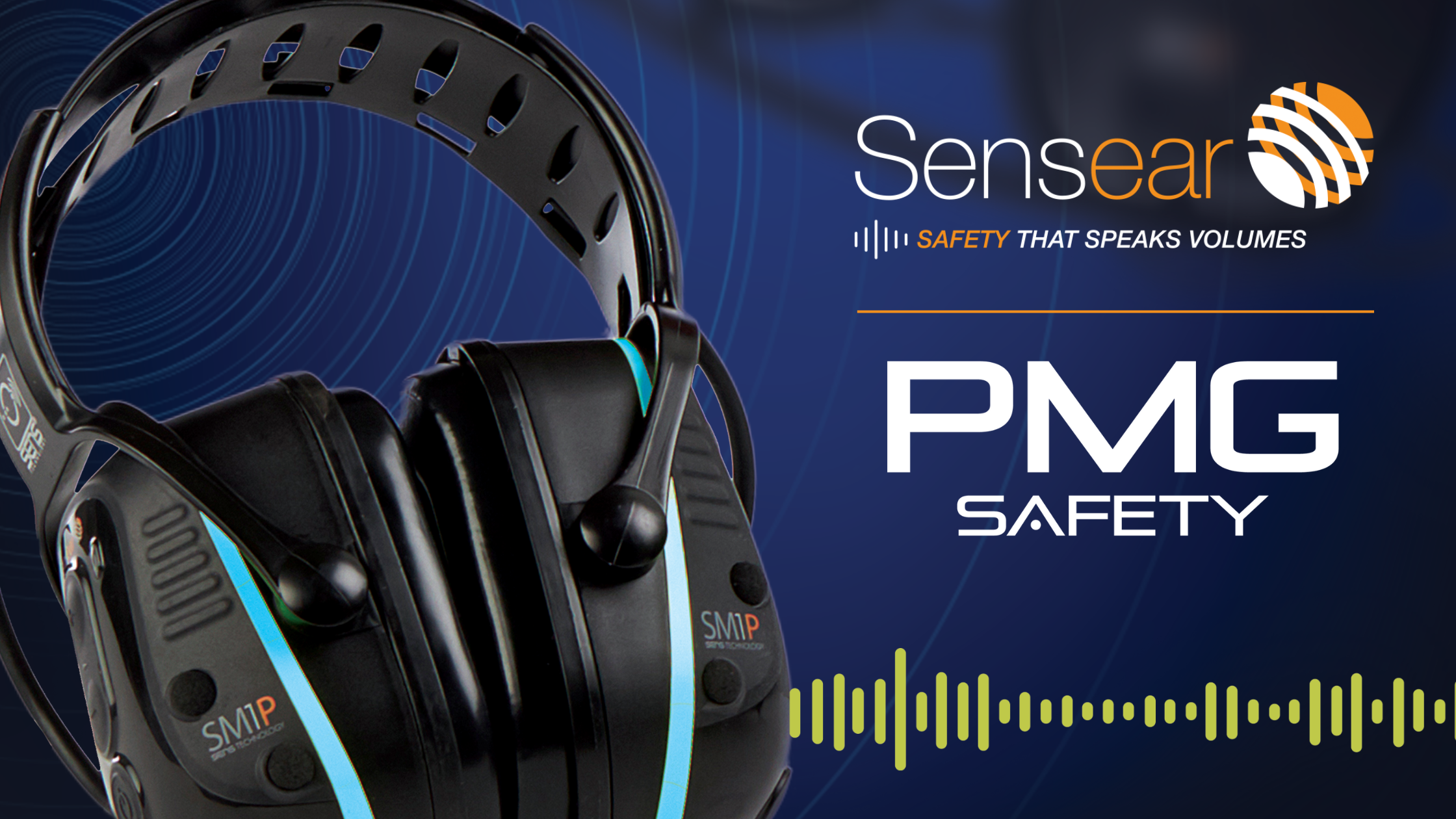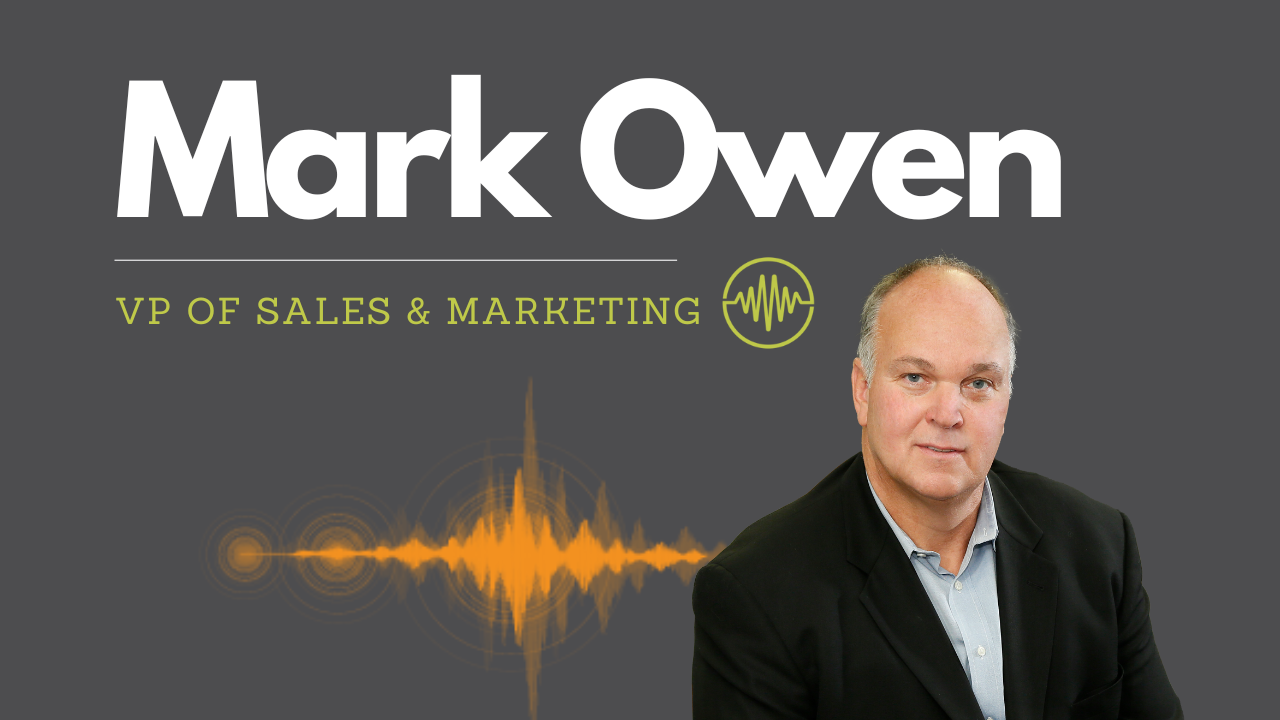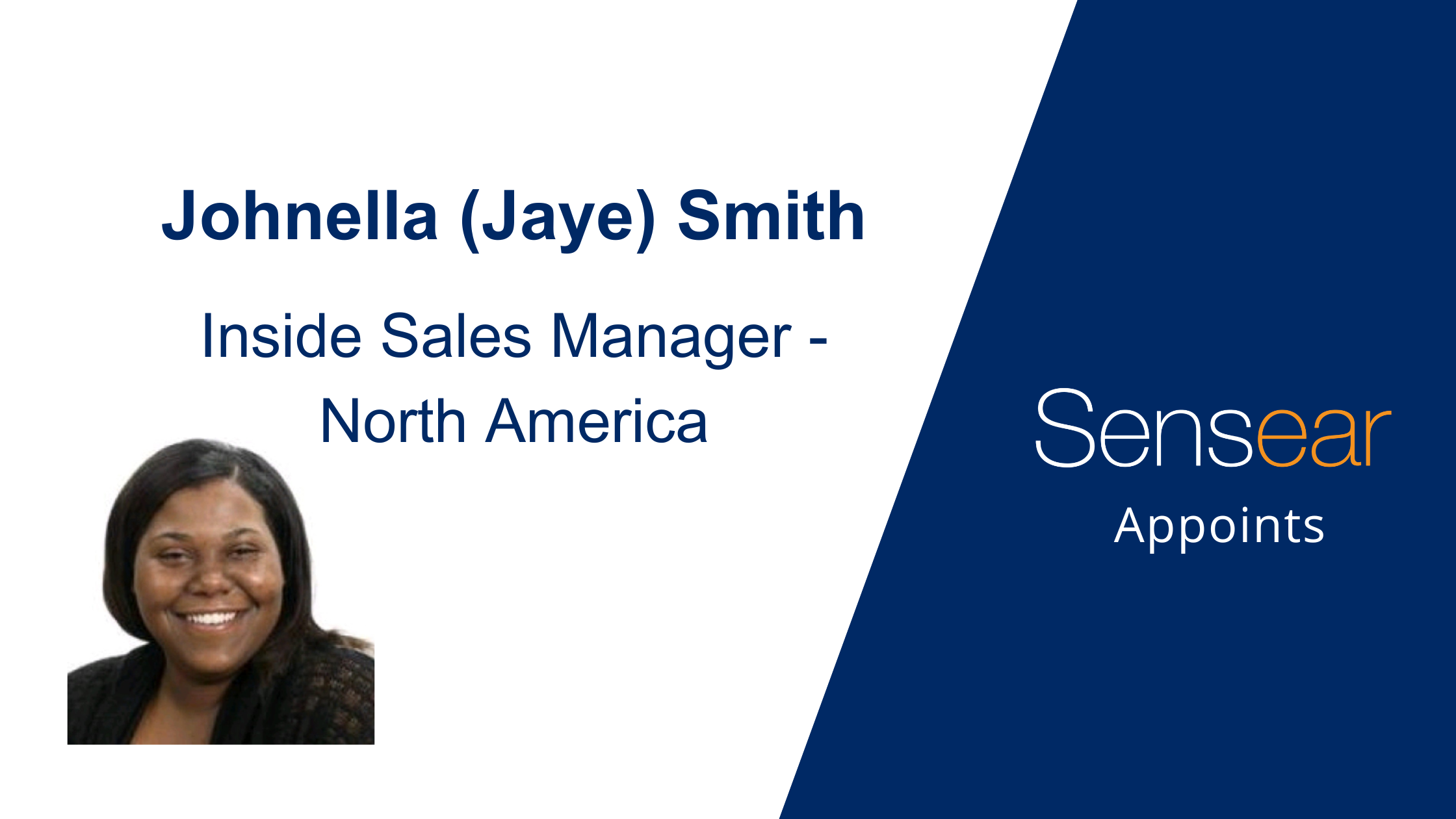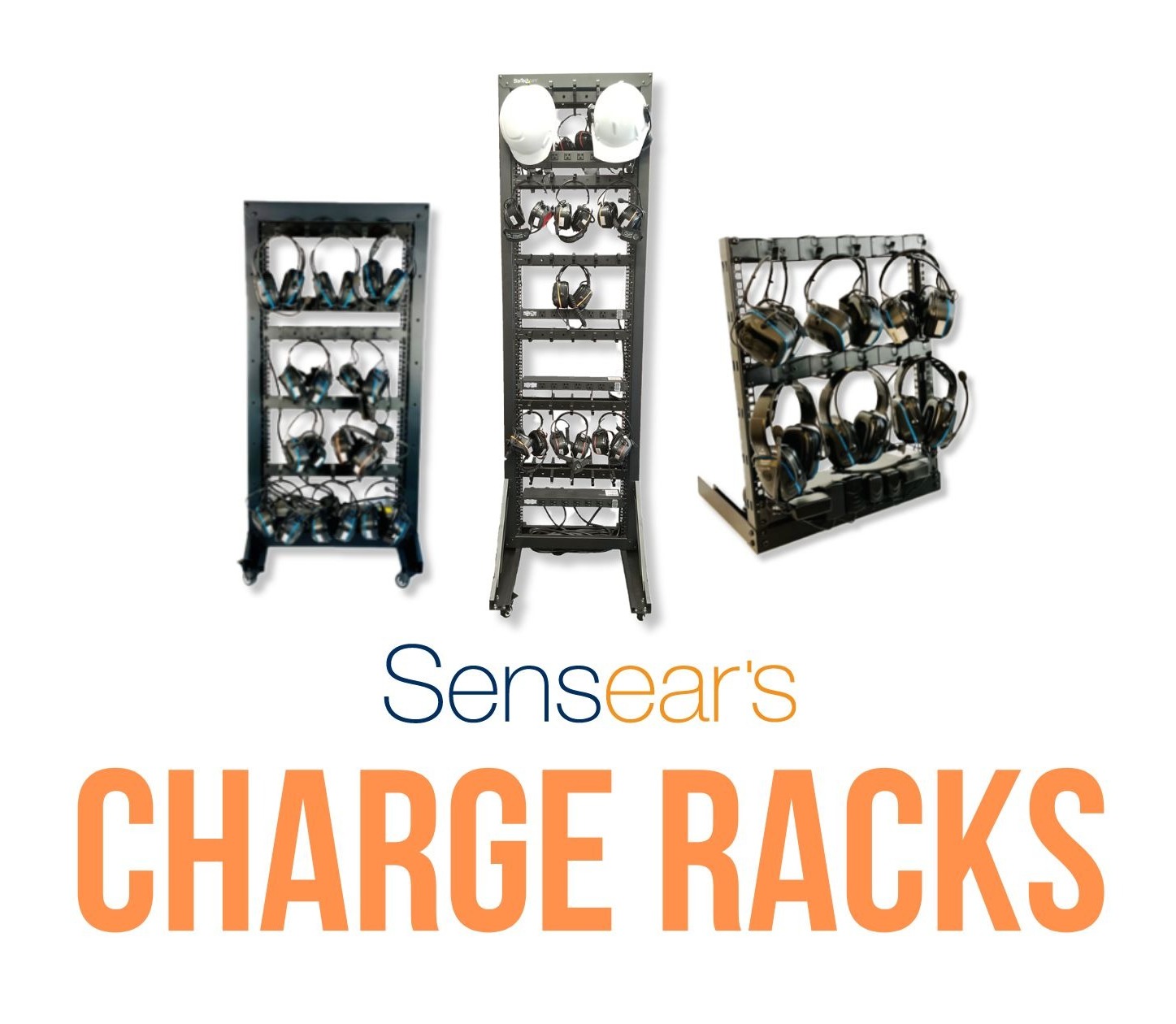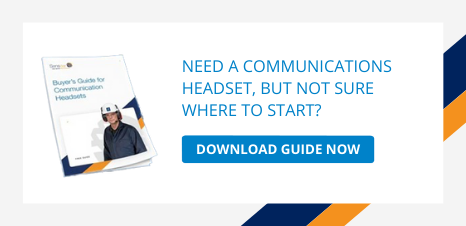Hearing Protection Rating and OSHA Standards
We’re all aware that noisy workplaces are subject to regular audits and inspections by various agencies that seek to ensure employees are provided with appropriate protection from hazardous environments. In the case of noise hazards, the intention is to remove any likelihood that workers’ hearing will be negatively impacted. OSHA sets the standards that your organization must meet to ensure compliance with noise levels that have been determined to be safe. To provide the best solution for your workers, the challenge you face is threefold:
- How to understand OSHA’s standards;
- How to use OSHA’s estimates;
- And, how to use this information to implement the most appropriate processes and HPD (hearing protection devices) for your environment.
How Does OSHA Set HPD Standards?
To develop HPD standards, scientific analysis of HPDs must be conducted in a controlled environment and not in a workplace where noise levels may be constantly changing. Passing vehicles, machinery, and work activities provide fluctuations that prevent effective measurement of HPDs, making a laboratory setting the only reliable way to determine the true attenuation qualities of any particular device.
Three factors are critical to the calculation of a given device’s protective capabilities:
- Time Weighted Average (TWA): Noise levels experienced over an 8-hour shift;
- Permissible Exposure Limit (PEL): not to exceed 85dB(A) on a TWA;
- NRR of the device.
There are two different scales used in the calculation: a-weighted or c-weighted. Depending on which measurement of the noise level data is available, the appropriate formula for that scale can be utilized. As an example, if the a-weighted noise level is available, the formula for a single-protection method will be:
- Estimated Exposure (in dBA) = TWA (dBA) – (NRR – 7)
- (Subtracting ‘7’ from the NRR is a correction factor applied to a-weighted levels)
The same calculation for c-weighted noise level will be
- Estimated Exposure (in dBA) = TWA (dBC) – (NRR)
OSHA calculations are fairly complex and vary depending on the utilization of single or double protection use (headsets or earplugs equates to single protection: use of both devices together provides double protection).
How to Use the OSHA Estimates
OSHA standard calculations are utilized to determine the NRR of a device needed for any particular work environment. However, OSHA further recommends that due to the variations in workplace environments, the NRR factor in their formulas be reduced by 50% to arrive at an attenuation level that provides adequate protection for worker hearing.
You can take a number of steps to avoid hearing injuries and their negative impact on employees and their families. While hearing loss is not curable, it is preventable through appropriate action:
- Develop hearing conservation programs. Include regular monitoring of each potential hazardous condition on its own merit (no one-size-fits-all approach);
- Select and use HPDs that protect workers’ hearing in various environments;
- Train workers on safety issues related to hearing protection.
What Options are Available to Meet OSHA’s Standards?
In order to provide appropriate hearing protection, you can implement hearing conservation programs that monitor noise levels and determine the appropriate HPD for each situation (different job environments have varying requirements for safety equipment). Safety program managers can then evaluate available HPD products that meet the Noise Reduction Ratio (NRR) required for each particular noise hazard situation. NRR information is provided on HPD packaging, as required by the EPA.
There are a number of ways you can meet OSHA’s standards and requirements for hearing protection, ideally while permitting face-to-face communication, and allowing situational awareness of the surrounding environment. Devices are available in two basic configurations: in-ear (earplugs) and over-ear (earmuffs). Your particular work environment, communication needs, and personal preference will determine the best solution for each application.
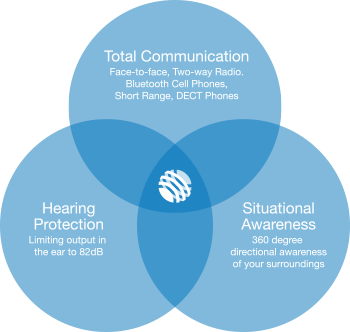
Products that offer reliable, effective solutions to your hearing protection and communications requirements, cover the ‘three circles’ of hearing protection:
- Hearing Protection – certified hearing protection limiting output to safe, comfortable levels
- Total Communication – Face-to-face, Two-way radio, Bluetooth cell phones, short-range
- Situational awareness – 360° directional awareness of your surroundings
In addition to the above, Sensear’s HPD devices leverage patented SENS® Technology (Speech Enhancement, Noise Suppression), making our headsets the most effective and flexible approach to hearing protection, while still providing your workers with clear digital communications.
It’s important to meet OSHA’s standards for hearing protection, but more importantly, it’s critical to protect the hearing of your workers. A solid understanding of how OSHA calculates HPD standards will help you provide the best solution for your particular environment. And developing a comprehensive hearing conversation plan that leverages the appropriate HPD while training workers on safety issues is the best way to accomplish that.
What processes and procedures do you have in place to meet OSHA’s HPD Attenuation Standards?
Follow Sensear and always be in the know.
Follow @HearSensear